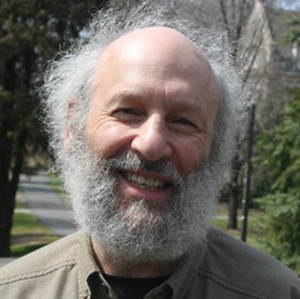Designing for Patient Centered Care When There Is No Cure
Palliative Care medicine was not a field or a specialty in the 1980s. Advocates of such end of life care, often inspired by the then emerging hospice movement, struggled to bring palliative care into hospitals and cancer clinics. Their efforts frequently faced reluctance, even resistance, from medical professionals who lived in a culture of treatment and cure. This clash of cultures between “cure” and “care” was reinforced by reimbursement incentives which made continued treatment and procedures “rational” long beyond their usefulness. Despite the desire of many patients to receive better end of life care, and receive it at home, most ended up dying in hospitals — unguided and unsupported in their choices, and unable to get the palliative care they would have chosen. In the last two decades the hospital doors that were closed against palliative care were wedged open by its proponents and palliative care nurses and doctors began to set up shop. This is a story of how a new paradigm got through the door and what it takes to begin to change a culture and an institution — to design for care in situations in which there is no cure.
Presented by:
Kenneth E. Sharpe, Ph.D.

Professor, Department of Political Science, Swarthmore College
No slides availableNavigate the Site
2025 GoldLab Symposium
Save the date!
Please join on May 15-16, 2025Presenters In The News
Contact Info










